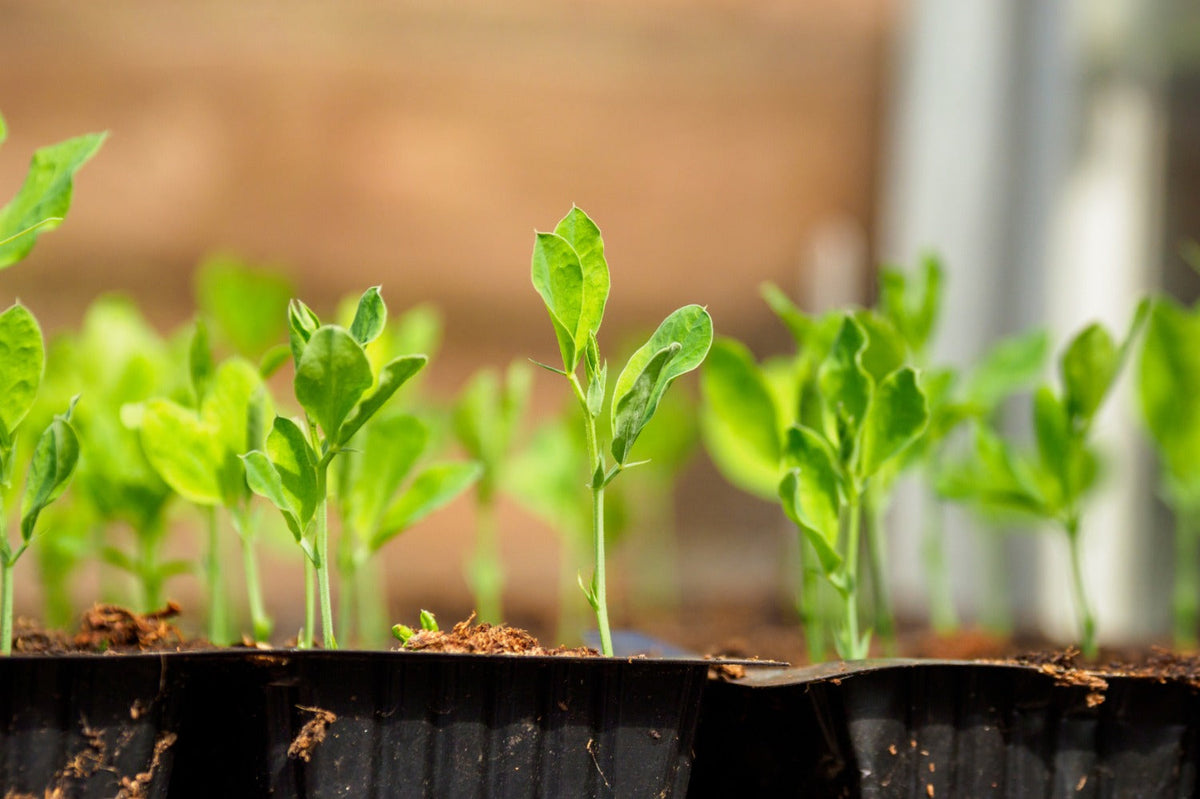
Early birds: this is what you can sow in the late winter months
|
Tijd nodig om dit artikel te lezen: 0 min
|
Tijd nodig om dit artikel te lezen: 0 min
There is still the occasional severe night frost, snowdrops are peeping above the ground here and there and the warm summer still seems a long way off. For most flowers and vegetables it is still much too early to be sown. Fortunately there are some early birds; species that you have to sow now, in order to be able to pick or harvest successfully later. Do you feel the urge to sow yet?
There are several reasons why you can start sowing now. Some seeds need a lot of time to germinate and grow. By sowing early enough, you ensure that the young plants have enough time to develop properly. This way, they are large and strong when they can be planted in the open ground. Strong plants have longer stems and also produce flowers a little faster. If you remove the faded flowers in the summer months, you can extend the picking season considerably.